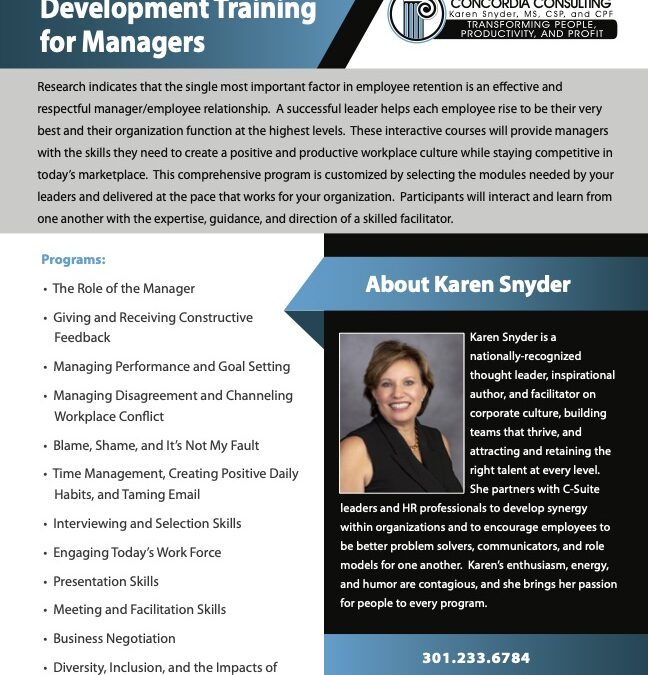


High Performers and Stragglers
I was in my flower garden, another way to say I was in one of my happy places, and I was planting another clematis for what must be the 20th or so time. Why do I keep cajoling, prodding, and trying to grow a clematis in this spot when my other flowers are,...
How Will You Observe Pride Month?
I came home exhilarated! It was such a fun day full of love and acceptance. I met my friend and colleague, Ann Murdoch at the Capital Pride Parade in Washington DC last year. Ann had helped arrange a spot in the parade for one of my clients, and we marched, danced,...
Juneteenth is 61 Days Away
Holidays have a way of creeping up on me. It’s springtime now, and before you know it, it will be summer. I know that I often have the best of intentions to commemorate special days, but often I fall short on the delivery. It’s suddenly Father’s Day and I haven’t even...


Recent Comments